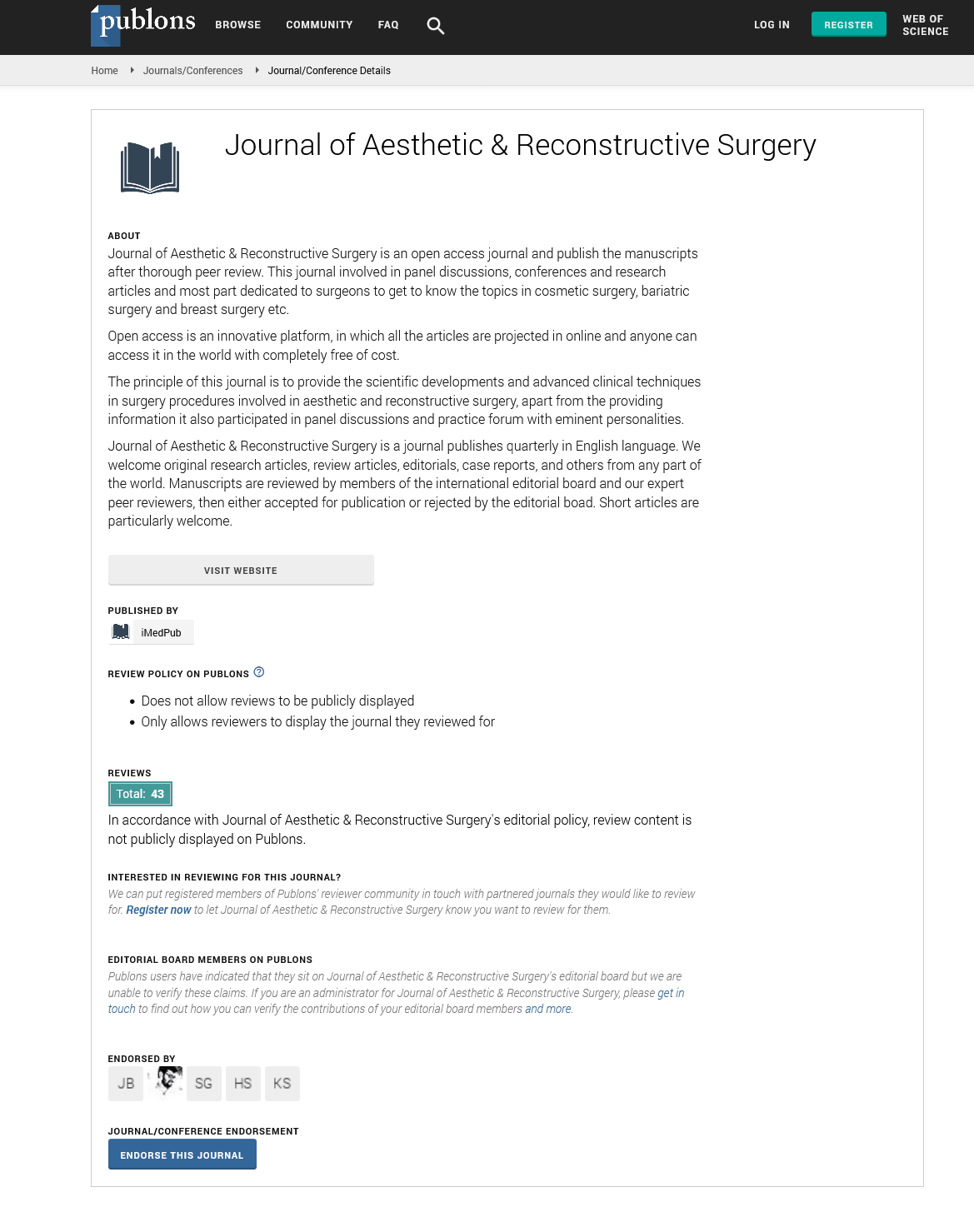Abstract
The Safety and Efficacy of Helium-Based Plasma for Cutaneous Resurfacing and Subdermal Tightening
Background: Helium gas passed through an electrically-charged retractable surgical blade creates cold-atmospheric plasma, which produces a precise, instantaneous thermal and electrophysiological effect involving rapid tissue heating and cooling. Such surgical devices have already been approved by the FDA for cutting, coagulation and ablation. They have also been studied for use on cutaneous diseases, such as superficial carcinomas and rhinophymas, due to their significant tissue-modifying effects. We present a case series using a helium laser for off-label use in skin rejuvenation and deep tissue contraction.
Objectives: The primary objective was to test the capability of a helium-based plasma device as a facial resurfacing tool and to document its beneficial and adverse effects.
Methods: Four patients of Fitzpatrick Skin Types II and III underwent facial resurfacing using a helium-based plasma device (Renuvion®) under either p.o sedation or general anesthesia. Platelet-rich plasma (PRP) was applied to three of the four patients after the procedure. Nanofat/fat injection was additionally performed on two of the patients (one with and one without PRP) during the procedure.
Results: Effective and deep skin rejuvenation was achieved using the helium device in all four patients. Deep rhytid effacement, pigment correction, and cutaneous tightening was dramatic and, in our experience, superior to comparable procedures, such as CO2 lasers or chemical peels. Skin tightening and elasticity improvement is most likely a result of subdermal and deep dermal remodeling from helium’s unique effects on dermal fibroblasts. Prolonged erythema was the most commonly seen complication.
Conclusion: We found helium-based facial resurfacing to be a safe and effective method for skin rejuvenation and deep tissue contraction. Further analysis with a larger power and continued long-term follow-up, alongside studies further investigating the mechanisms of ionized helium and prevention of prolonged erythema, are ongoing.
Author(s):
Keith Sweitzer1*, Zaidal Obagi2, Tia Rahman2, Peter F. Koltz3 and Frank Barone4
Abstract | Full-Text | PDF
Share this

Google scholar citation report
Citations : 130
Journal of Aesthetic & Reconstructive Surgery received 130 citations as per google scholar report
Journal of Aesthetic & Reconstructive Surgery peer review process verified at publons
Abstracted/Indexed in
- Google Scholar
- China National Knowledge Infrastructure (CNKI)
- Directory of Research Journal Indexing (DRJI)
- WorldCat
- Publons
- Geneva Foundation for Medical Education and Research
- Secret Search Engine Labs
- Euro Pub
Open Access Journals
- Aquaculture & Veterinary Science
- Chemistry & Chemical Sciences
- Clinical Sciences
- Engineering
- General Science
- Genetics & Molecular Biology
- Health Care & Nursing
- Immunology & Microbiology
- Materials Science
- Mathematics & Physics
- Medical Sciences
- Neurology & Psychiatry
- Oncology & Cancer Science
- Pharmaceutical Sciences


